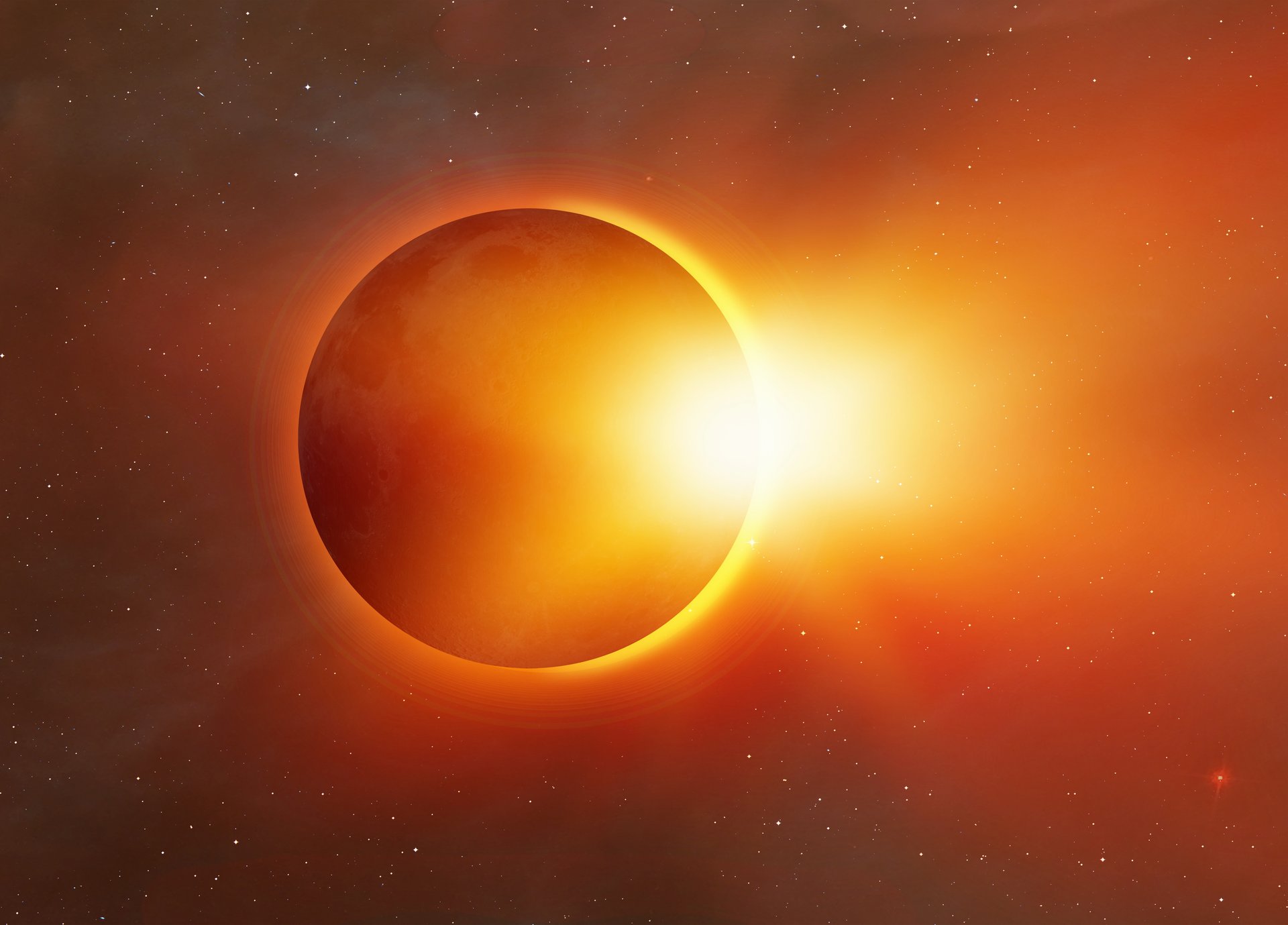
People preparing to watch Monday’s total eclipse of the sun need to protect their vision during the event, eye doctors say.
Powerful ultraviolet rays can do permanent damage to the eyes if people look directly at the sun as the moon is sliding into place before it, said Starr Schroeder, an emergency department nurse at Penn State Health Lancaster Medical Center.
Special solar viewing glasses are required to watch the solar eclipse progress, Schroeder said.
“At no point during a partial eclipse is it safe to look at the sun without special eye protection,” Schroeder said in a Penn State news release. “Not even the darkest sunglasses are safe.”
Observing a solar eclipse without proper protection can damage both the cornea and the retina, said Dr. Ajay Soni, a pediatric ophthalmologist at Penn State Health Children’s Lancaster Pediatric Center.
One potential condition is photo-keratitis, which is damage to the cornea from UV rays. The cornea is the clear, dome-shaped covering at the front of the eye.
“It’s a sunburn on the cornea, and is quite painful because the cornea is so sensitive,” Soni said. Soni added that patients typically recover on their own within a few days.
A more serious risk is solar retinopathy, which can cause permanent eye damage.
There’s no pain associated with solar retinopathy, which causes scarring on the retina, which is the light-sensitive layer of tissue at the back of the eye that perceives and transmits visual signals to the brain.
Symptoms can include loss of central vision, blind spots, problems seeing colors, distorted vision or seeing wavy lines.
There’s no cure for solar retinopathy. Vision might recover during the hours and months following the injury, but there’s often some degree of permanent impairment, Soni noted.
Soni and Schroeder stress that the only way to observe a partial eclipse safely is through eclipse glasses rated as ISO 12312-2 compliant.
“These filters are at least 1,000 times darker than regular sunglasses. They also offer more protection than welder’s glasses,” Soni said.
Schroeder, who also serves as a solar system ambassador for the National Aeronautics and Space Administration, has been handing out special NASA-approved solar viewing glasses to kids in the northwest corner of Pennsylvania.
She plans to head back to her hometown in Indiana to watch the eclipse, and will hand out these eclipse glasses at a local YMCA ahead of the big event.
Another way to safely view the partial eclipse is with a homemade pinhole projector, which keeps the sun behind the observer and projects an image of the eclipse onto a nearby surface, the experts said.
Take two white paper plates and poke a tiny hole in the middle of one. Then, with your back to the sun, hold the hole-punched paper plate above your shoulder, allowing to sun to shine through the hole and over your shoulder.
Hold the second paper plate in front of you, and you’ll see projected an inverted image of the sun as it falls into eclipse.
Soni noted that there will be a brief time when a full eclipse can be watched without eye protection — during the total eclipse, when the moon completely covers the sun. That will last for about four and a half minutes, during which the afternoon will become night along the path of totality.
“Once any part of the sun reappears, look away from it immediately and put your eclipse glasses back on before looking up at it again,” Soni said.
More information
The American Astronomical Society has more on safe solar viewers and filters for the eclipse.
SOURCE: Penn State Health, news release, March 27, 2024
Source: HealthDay

Leave a Reply